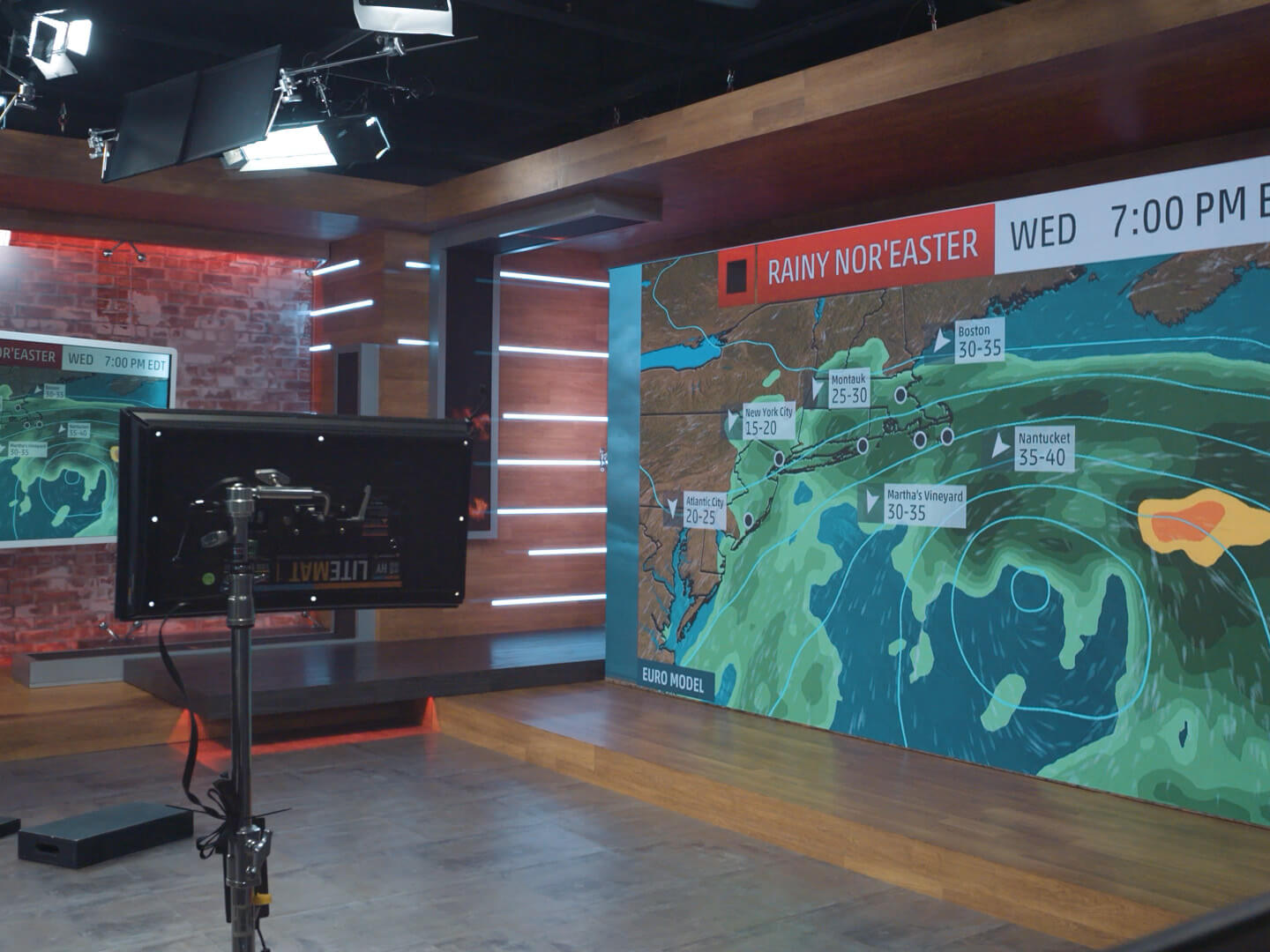Introduction to India’s new high-resolution forecast system
India is stepping into a new era of weather forecasting with the launch of its cutting-edge high-resolution forecast system. This innovative technology promises to revolutionize how we predict and understand climate patterns across the country. Gone are the days when generalizations ruled; now, real-time prediction will take center stage, offering precise insights tailored to specific regions.
Imagine knowing exactly when a storm might hit your area or receiving timely alerts about temperature fluctuations that could affect your day-to-day life. With this advanced system in place, India is not only enhancing local forecasts but also setting an example for global meteorological practices. Weather-forecasting just got personal—and it’s all thanks to this game-changing initiative!
How the new system differs from traditional weather forecasting methods
India’s new high-resolution forecast system marks a significant departure from traditional methods. Historically, forecasting relied on broad models that provided generalized predictions over large areas. This often led to inaccuracies and a lack of detail.
The new approach employs advanced algorithms and cutting-edge technology to deliver localized forecasts. It can process vast amounts of data in real-time, allowing for more precise weather information tailored to specific regions.
Whereas older systems might issue updates every few hours, the latest innovations enable minute-by-minute insights into changing conditions. This granularity is crucial for timely decision-making.
Moreover, traditional forecasting typically involved static models that didn’t adapt quickly enough to sudden changes in weather patterns. The high-resolution system learns continuously and recalibrates itself based on incoming data, enhancing its predictive capabilities significantly.
Benefits of the high-resolution forecast system
The high-resolution forecast system revolutionizes weather prediction by delivering precise, localized information. This granularity allows communities to prepare for severe weather events more effectively than ever before.
Farmers benefit immensely from real-time predictions. Knowing when rain or frost is expected helps them make informed decisions about planting and harvesting.
Additionally, businesses can adjust operations based on accurate forecasts. Transportation companies, for example, can route deliveries around impending storms, minimizing disruptions and ensuring safety.
Emergency services also gain valuable insights from enhanced predictions. During natural disasters like cyclones or floods, timely alerts can save lives and reduce property damage.
This level of detail fosters a proactive approach to weather-related challenges across various sectors—making it easier to adapt strategies swiftly in response to changing conditions.
Impact on agriculture, transportation, and disaster management
The high-resolution forecast system in India is set to revolutionize agriculture. Farmers will now receive accurate, localized weather updates that can inform planting and harvesting decisions. This means improved crop yields and reduced losses from unexpected weather events.
Transportation also stands to benefit significantly. Real-time predictions enable better planning for airlines, shipping companies, and logistics businesses. They can adjust schedules based on precise forecasts, reducing delays caused by adverse weather conditions.
Disaster management teams are poised for a major upgrade as well. With detailed forecasting capabilities, they can issue timely alerts about potential natural disasters like floods or cyclones. This early warning allows communities to prepare more effectively, potentially saving lives and minimizing damage.
Each sector will not only enhance its operational efficiency but also mitigate risks through informed decision-making based on reliable data from this innovative system.
Challenges and limitations of the new system
Despite the promise of India’s high-resolution forecast system, challenges remain. The complexity of weather patterns can sometimes lead to inaccurate predictions. Localized events may still slip through the cracks.
Data collection is another hurdle. Reliable information from rural and remote areas takes time and resources to gather. Without comprehensive data, forecasts could miss critical details.
Technological limitations also pose a concern. Infrastructure in some regions may not support advanced systems fully, leading to potential gaps in coverage.
Training personnel to interpret new models effectively is essential yet challenging. Ongoing education will be needed as technology evolves rapidly.
Public trust is vital for success. If initial predictions fail or result in misinformation, citizens might hesitate to rely on future forecasts—undermining the entire initiative’s goal.
Future plans for expanding and improving the system
India’s high-resolution forecast system is just the beginning. The government aims to expand its reach and capabilities significantly over the coming years.
Investments in cutting-edge technology are on the horizon. Advanced satellite systems will enhance data collection, allowing for even more precise real-time predictions. This integration promises a leap forward in accuracy.
Collaboration with global meteorological organizations is also planned. Sharing expertise and resources can lead to innovations that elevate India’s forecasting standards further.
Training programs for meteorologists are essential as well. Equipping professionals with advanced analytical tools ensures they harness the full potential of this new system.
Public awareness campaigns will educate citizens about utilizing weather forecasts effectively, fostering a proactive approach towards weather-related challenges everywhere in India. With these initiatives, the future looks bright for India’s forecasting landscape.
The potential of India’s high-resolution forecast system in shaping the future of weather forecasting worldwide
India’s high-resolution forecast system stands at the forefront of a significant shift in weather prediction. This innovative approach not only enhances local forecasting accuracy but also sets a new standard for global meteorological practices. As countries grapple with climate change and its unpredictable impacts, India’s commitment to real-time prediction offers valuable insights that can reshape agricultural practices, improve transportation safety, and bolster disaster management efforts.
The ripple effect of this advancement could extend far beyond Indian borders. Other nations may look to adopt similar technologies or collaborate on developing their own high-res systems inspired by India’s model. The integration of advanced algorithms and more precise data collection methods heralds a future where weather forecasts are no longer just educated guesses but dependable tools guiding critical decisions.
Global partnerships focused on refining these predictive capabilities hold immense potential, fostering innovation across continents. With collaboration comes knowledge sharing—an essential element in addressing shared challenges posed by extreme weather events.
As India paves the way forward with its cutting-edge technology, we may soon witness an evolution in how societies prepare for and respond to environmental changes worldwide—a transformation rooted in precision and reliability that benefits us all.




